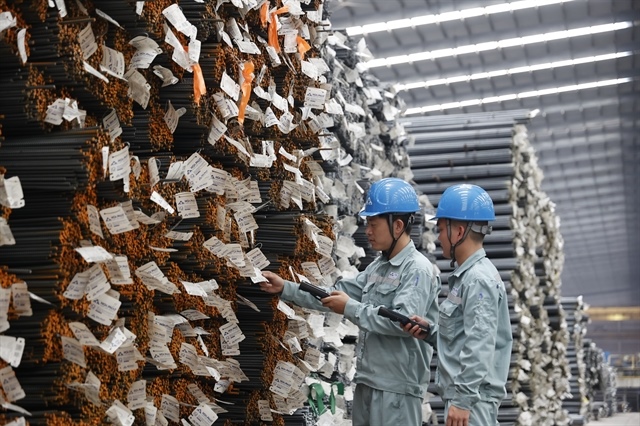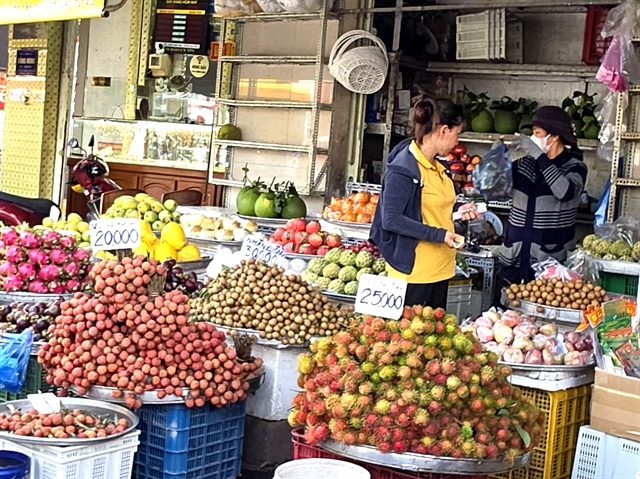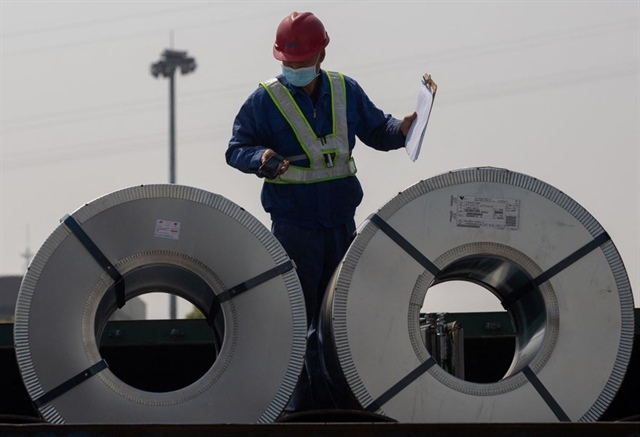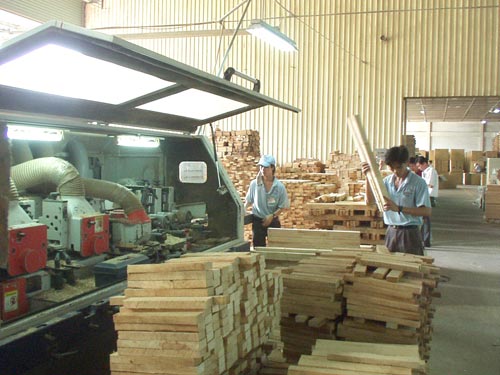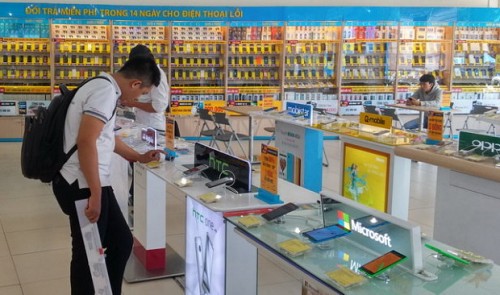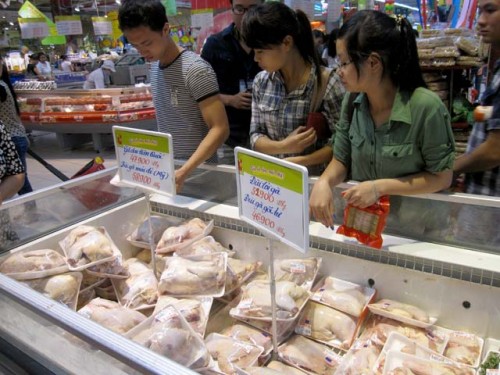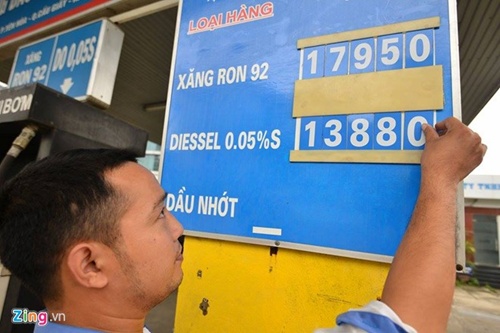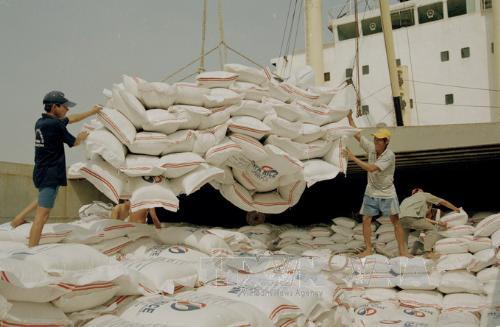How should rice production be reformed?
How should rice production be reformed?
The Vietnam Food Association (VFA) works as a goods management agency primarily based on administrative measures. This sometimes distorts the rice market. VietNamNet continues its talk with Dr. Nguyen Do Anh Tuan, Director of the Institute for Policy and Strategy for Agriculture and Rural Development (IPSARD).
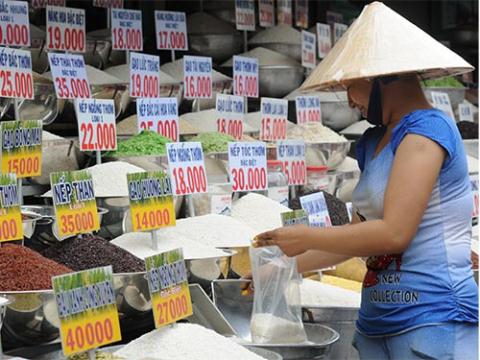
Q: Many suggested that the Vietnam Food Association is an obstacle to a healthy, competitive rice market. What is your opinion about this?
VFA is an association organized in the form of cross-linking model, gathering rice processing and exporting businesses. VFA has great power and influence on rice trading and exporting businesses while rice is considered the top export item of Vietnam. Up to 98% of the total export value of rice is contributed by members of VFA. This association is directly assigned by the Government to implement the national policy to ensure food security.
The VFA is granted a lot of power in management of rice exports in Vietnam, shown in Decree 109/2010/ND-CP of the Government dated 4/11/2010 on rice export business.
Under this decree, VFA holds an important executive role supervising the registration of export contracts of businesses. It has the right to allocate 80% of the volume of export rice under government-to-government contracts among its members, publish the floor export price as the basis of negotiations and signing of rice exporting contracts, and monitor progress and update the statistics of related ministries.
In addition, VFA also is involved in the implementation of purchasing rice for temporary stock whenever this measure is applied. Thus, VFA operates as a goods management agency, mainly based on administrative measures.
This sometimes distorts the rice market of Vietnam. Meanwhile, VFA has ignored some roles that goods management associations have to do, such as building rice development strategy, building and promoting rice brands, developing and stabilizing domestic supply, and expanding membership vertically to connect cooperation and development...
Besides, members of the VFA are only large enterprises and they do not represent all production and business factors in the rice value chain, such as representatives of rice producing localities, small businesses, farmers and cooperatives.
Q: There are opinions that we should distinguish between commercial rice and reserved rice (food security), and that State-owned food companies like Vinafood need to focus on rice coordination and hoarding, not perform export activities. What is your opinion?
Currently Vinafood mainly focuses on the export of rice under government contracts. The main customers of government contracts are the traditional export markets of Vietnam as the Philippines and Indonesia. These customers are mainly interested in cheap price, and are not demanding in terms of rice quality.
Therefore, Vinafood pays attention to commercial relationships, not connections to develop material areas, and to improving the quality of rice varieties and sharing benefits with farmers.
Regarding the temporary storage of rice policy, businesses that are allocated to purchase rice for temporary storage mainly buy rice through traders. Thus, the beneficiaries are not the farmers, and in many cases not the rice businesses, but traders who bought rice cheap and sold it at high prices.
Moreover, the state grants interest rate support for businesses to purchase rice for temporary storage in a period of three months, but the purchase price is still completely dependent on the ability to sign export contracts of rice exporters.
In fact, surveys show that the increase is unstable due to limited output, especially at a time of low rice export prices. Businesses are even afraid of getting losses if they purchase rice for temporary storage at high prices and export prices do not increase again. Therefore, the effect of the temporary storage policy is still low.
To support the implementation of restructuring of the rice sector, it is needed to distinguish and separate the commercial objectives and functions from the social goal and function of Vinafood.
There is evidence that if these two objectives are combined, both the public policy objectives and aspirations of the private sector will not be achieved. Thus, Vinafood needs to be reformed in two directions: (i) privatizing the commercial activities to operate as other private companies; (Ii) separating the function of rice storage for the country.
Q: In your opinion, the monopoly role of Vinafood 1 and Vinafood 2 on the rice purchasing market is justified? Do they need influence to create competition between them and to give more opportunities for farmers?
There are many businesses, both state-owned and private, that purchase and export rice. In 2011 the Ministry of Industry and Trade approved a list of more than 140 entrepreneurs eligible for trading and exporting rice.
In terms of institutions, the State does not encourage monopolies in rice business but in reality it depends on many factors like financial capacity, technical competence, business experience, etc ... which can create the dominance of some businesses.
Thus the opportunities of entrepreneurship or farmers here is the chance to participate more in government-to-government contracts. Currently, under Decree 109, businesses signing rice exporting contract are allowed to directly export 20% of the contract value and the rest (80%) is allocated by the VFA to other businesses.
Such distribution rights still exist, not operating under market mechanisms, so Vietnam should apply the form of competitive bidding in this stage to create conditions for fair competition between businesses so farmers can benefit more.
Q: Does the State needs national marketing policies for Vietnamese rice brands or should the market decide?
On 21/5/2015, the Prime Minister issued Decision 706/QD-TTg approving a project to develop Vietnam rice brands to 2020 with a vision to 2030. The decision defines the role of the state of organizing and supporting the implementation of promotional activities, introducing Vietnamese rice brands at home and abroad,and issuing policies to help organizations and individuals (businesses, associations, producers ...) to expand production, broaden markets, enhance value, competitiveness, reputation and market share of Vietnam's rice on the world market.
Businesses play a key role in the construction, use and development of the rice brands of Vietnam through development of rice products and management of production, processing, developing the market, and participating in global value chains.



